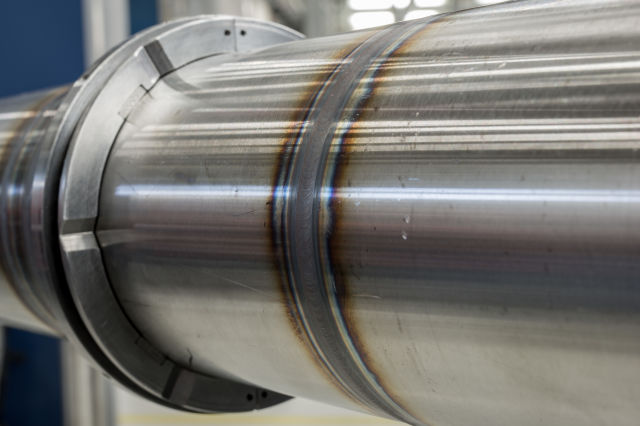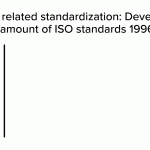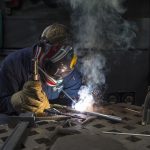Worldwide of welding, development is directed by the requirements of both the markets utilizing welding systems and the private welders who deal with them from day to day. To illustrate the future of welding, we asked 2 welders to offer us their insights on the roadway ahead.
Hanna Bechtel, a metal employee in training from Sälzer GmbH in Marburg, Germany, deals with bases and steel frames for doors, windows, and exteriors. Hanna anticipates that TIG welding will be the most typical strategy, however, others will continue to be utilized also. Nevertheless, robotization may alter the material of the work and change the human touch in lots of circumstances.
“Every method has its own series of applications and benefits, so I would not state any of them will be totally deserted. However, I believe that in the future, there will be tools for which you just need to set the product and density and the device makes all additional modifications by itself. I would not like to see robotics changing welders– an enthusiastic like me would rather get the job done herself than let a device do it for me,” Hanna states.
Welder Juho Nissinen, from Leppävirta, Finland, thinks that the work material of the welders of the future might consist of shows of makers and require the advancement of IT abilities. Nevertheless, the young expert, who will represent Finland in the WorldSkills competitors in Abu Dhabi in October 2017, believes that welding by hand will not be completely changed.
“Stick welding might be less popular in the future, however, it will not be quite completely. There will continue to be circumstances in which manual welding is the only method of finishing the job.”
Mechanized welding enhances speed and quality
Juho sees mechanized welding as the greatest pattern of the future and anticipates to see strong advancement in the location.
“Mechanized welding increases speed and produces more even quality. It is currently possible to tape and replicate the welding specifications and control the arc– welding devices are not that far from computer systems even now,” Juho states. “I believe we will see brand-new methods that produce spatter-free welds, enabling faster completing.”
Hanna concurs that digitalization and mechanized welding make good sense when definitely tidy welds are required for items that are under severe pressure, such as gas tanks. She visualizes future requirements for welding in the building and construction of pipelines, containers, bridges, and overseas oil platforms in specific– all applications needing uncompromising quality.
“By robotization, welding will alter in an instruction in which welds are less resistant to pressure, vibration, stress, and agitation. The joints will probably be single-layered,” she states.

Safety initially, now and tomorrow
The security of welders is naturally an essential consider the daily work. New security developments are established along with the welding devices to make sure that welders can operate in as hazard-free conditions as possible. Hanna anticipates seeing more enhancements to security equipment in the future.
“Concerning security, methods ought to be established so that e.g. in MAG welding no beads or stimulates can establish. Workwear might be comfier and lighter. By these steps, mishaps at work can be decreased and some even prevented.”


